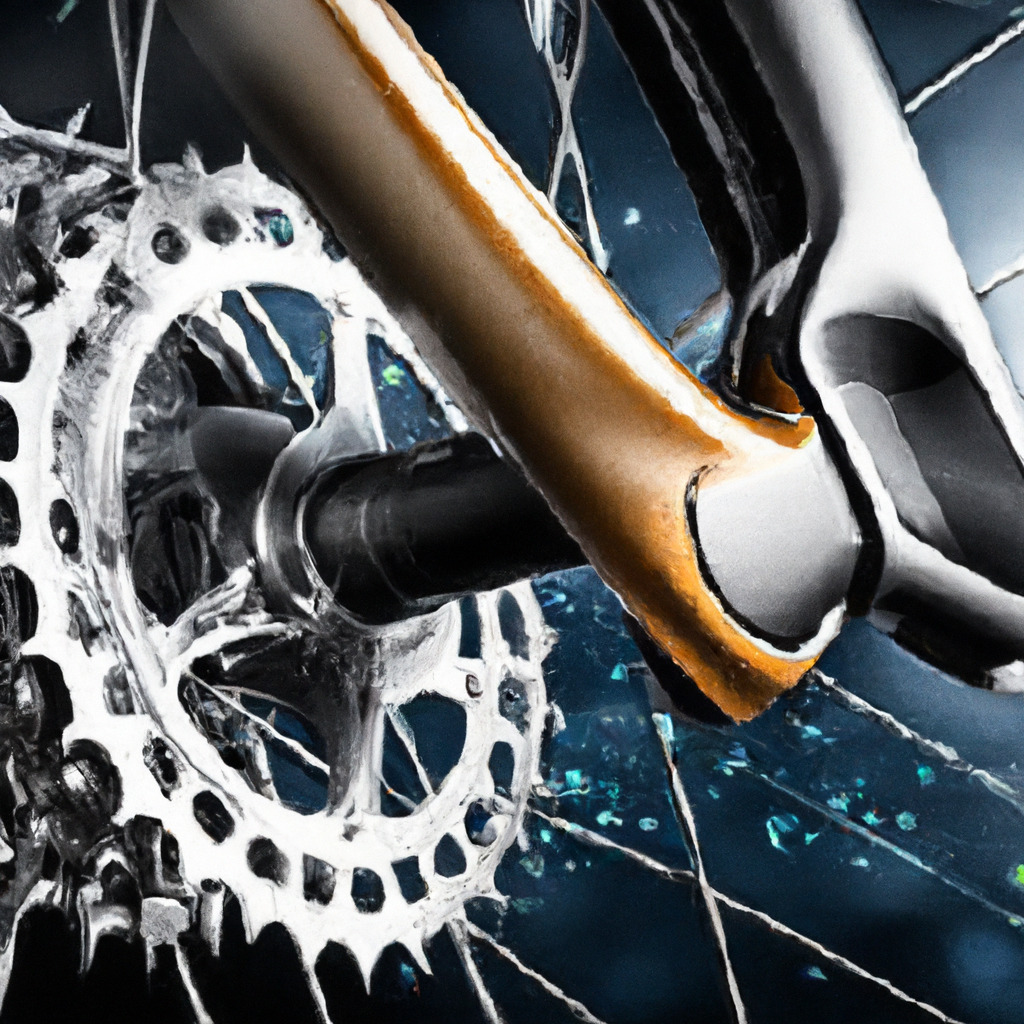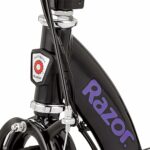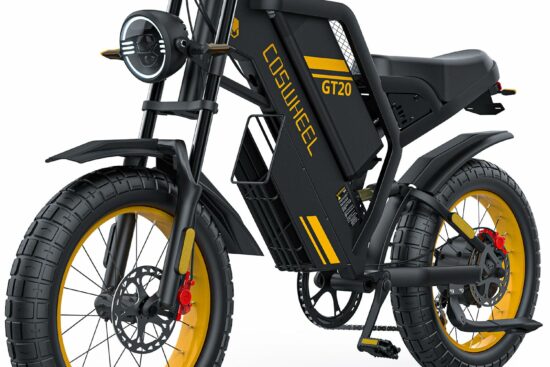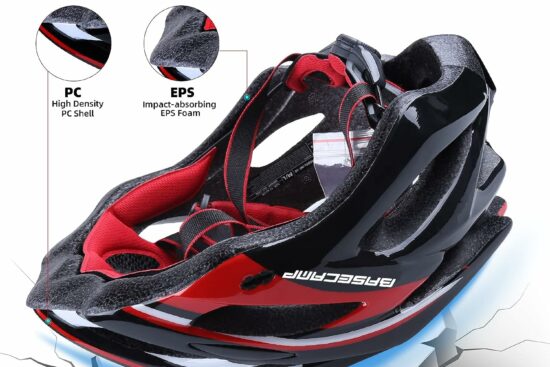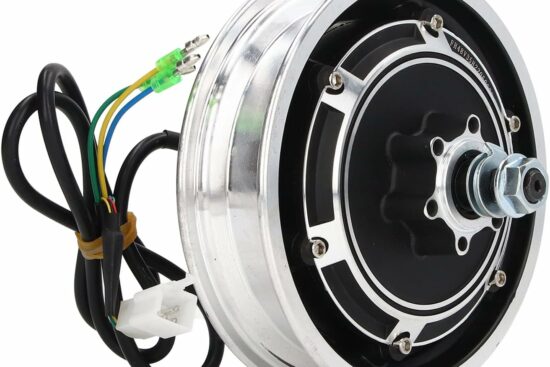
Electric bikes have gained significant popularity in recent years, offering a sustainable and efficient mode of transportation. One aspect that has captivated the attention of enthusiasts and researchers alike is the science behind their exceptional acceleration. This article explores the intricate mechanisms and technologies that enable electric bikes to effortlessly zoom forward, revolutionizing the way we navigate our cities. From powerful motors to advanced battery systems, understanding the underlying science behind electric bike acceleration unveils a world of innovation and possibilities.

The Basics of Electric Bikes
Definition of electric bike
An electric bike, also known as an e-bike, is a two-wheeled vehicle that is powered by an electric motor. Unlike traditional bicycles, electric bikes come equipped with a battery pack and an electric motor that assist the rider in pedaling.
Components of an electric bike
Electric bikes consist of several key components that allow them to function as efficient and reliable modes of transportation. These components include the battery pack, electric motor, controller, drivetrain, and various sensors. The battery pack provides the necessary power to the electric motor, while the controller regulates the flow of electricity. The drivetrain allows the transfer of power from the electric motor to the wheels, enabling the bike to move forward. Sensors, such as cadence sensors and torque sensors, help monitor and adjust the level of electric assistance provided by the motor.
How electric bikes work
Electric bikes operate using a combination of human power and electric assistance. When the rider begins to pedal, the sensors detect the motion and send signals to the controller, which then activates the electric motor. The motor provides additional power to the pedals, making it easier for the rider to accelerate and maintain higher speeds. The amount of electric assistance can be adjusted by the rider through various settings or modes available on the bike’s controller. Electric bikes also typically have a throttle option, allowing the rider to control the electric motor without pedaling. This combination of human and electric power enables riders to cover greater distances with less effort, making electric bikes a popular choice for commuting and recreational purposes.
Understanding Acceleration in Electric Bikes
What is acceleration?
Acceleration refers to the rate at which an electric bike increases its speed. It is a measure of how quickly the bike can go from a stationary position to a certain velocity. In the context of electric bikes, acceleration is particularly important as it determines the bike’s ability to quickly and smoothly respond to changes in speed and overcome obstacles such as inclines.
Factors affecting acceleration in electric bikes
Several factors can influence the acceleration of an electric bike. The power output of the electric motor plays a significant role, as a more powerful motor can provide greater torque to the drivetrain, resulting in faster acceleration. The weight of the bike and rider also affects acceleration, with lighter bikes having the advantage of being easier to accelerate. The gearing system of the electric bike, including gear ratios, can impact acceleration by optimizing the transfer of power from the motor to the wheels. Lastly, the condition of the tires and the surface they are in contact with can affect acceleration, as increased traction allows for better power transfer and grip.
Power and Torque
Definition of power and torque
In the context of electric bikes, power refers to the rate at which work is done or energy is transferred. It is a measure of how quickly the electric motor can generate and deliver energy to the drivetrain. Torque, on the other hand, represents the twisting force produced by the electric motor. It determines the bike’s ability to overcome resistance, such as hills or headwinds.
Relationship between power, torque, and acceleration
Power and torque both contribute to the acceleration of an electric bike. A higher power output or torque from the electric motor results in increased acceleration. However, it is important to note that power and torque alone do not determine an electric bike’s acceleration. The overall design and efficiency of the bike, as well as other factors such as weight and gearing, play essential roles in achieving optimal acceleration.
Battery Capacity and Voltage
Importance of battery capacity
battery capacity is a crucial factor in determining the performance of an electric bike. It refers to the amount of energy a battery can store and deliver. Higher battery capacity allows for longer rides and provides more power to the electric motor, resulting in improved acceleration. It is important to consider the battery capacity when choosing an electric bike, as it directly impacts the range, power, and overall performance of the bike.
Effect of voltage on acceleration
Voltage is another significant factor that influences an electric bike’s acceleration. A higher voltage battery can deliver more power to the electric motor, leading to improved acceleration. However, it is important to ensure that the electric bike’s motor and controller are designed to handle the specific voltage of the battery. Using a battery with a voltage outside the recommended range can cause damage to the bike’s components.
Battery technology advancements
Battery technology for electric bikes has been rapidly advancing, resulting in improved performance and increased energy density. Lithium-ion batteries are commonly used in electric bikes due to their high energy density, lighter weight, and longer lifespan compared to traditional lead-acid batteries. The development of more efficient and lightweight batteries has allowed electric bike manufacturers to achieve higher speeds, longer ranges, and improved acceleration.

Motor Types and Performance
Types of electric bike motors
Electric bikes can have various types of motors, including hub motors and mid-drive motors. Hub motors are located in the center of either the front or rear wheel, while mid-drive motors are positioned around the bike’s bottom bracket, directly powering the drivetrain.
Brushed vs brushless motors
Brushed motors were traditionally used in electric bikes, but brushless motors have become more popular due to their higher efficiency and lower maintenance requirements. Brushless motors use electronic commutation instead of brushes, resulting in reduced friction and heat generation. This improves the overall performance and lifespan of the motor, including acceleration.
Motor power and its impact on acceleration
The power output of the electric motor significantly affects the acceleration of an electric bike. Higher power motors can generate more torque, allowing for faster and more responsive acceleration. However, it is important to consider the desired use of the electric bike when selecting the motor power, as higher power motors may result in reduced battery life and increased energy consumption.
Weight and Acceleration
Influence of bike weight on acceleration
The weight of an electric bike, including the bike itself and the rider, directly affects its acceleration. Heavier bikes require more power and torque from the electric motor to accelerate, which can result in slower acceleration. Conversely, lighter bikes have the advantage of being easier to accelerate due to their lower overall mass. When considering an electric bike for its acceleration capabilities, it is important to factor in the weight of the bike and the intended use.
Weight distribution and center of gravity
In addition to the overall weight of the bike, the distribution of weight and the location of the bike’s center of gravity can impact acceleration. Optimal weight distribution ensures that the bike remains balanced during acceleration, allowing for more efficient power transfer from the motor to the wheels. A properly positioned center of gravity helps maintain stability and control, contributing to a smoother and more controlled acceleration.
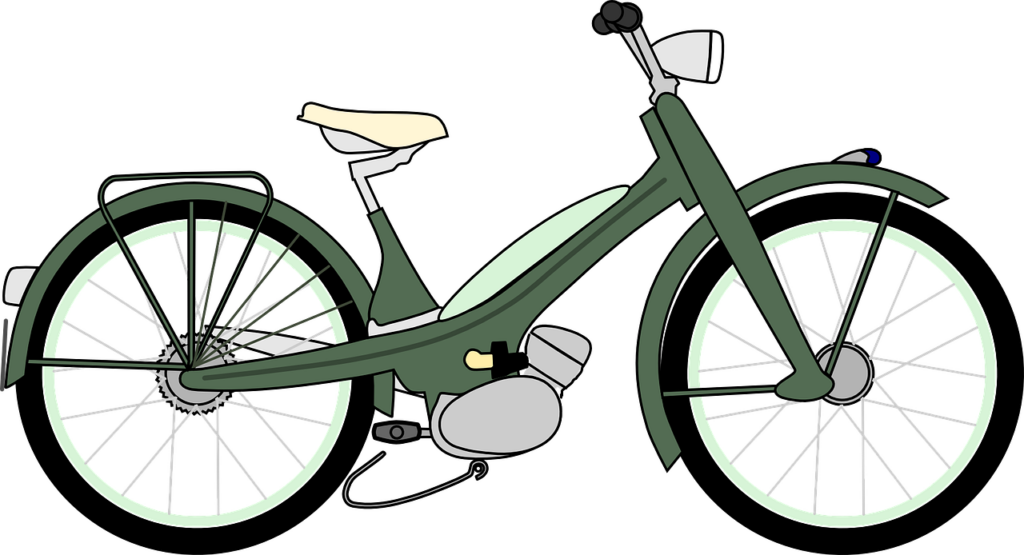
Gearing Systems
Role of gearing in acceleration
Gearing systems play a crucial role in the acceleration of an electric bike. They allow the rider to optimize the transfer of power from the electric motor to the drivetrain, effectively multiplying the torque and speed. By shifting gears, riders can adjust the bike’s mechanical advantage, enabling them to accelerate more efficiently or maintain higher speeds with less effort.
Different gearing systems
Electric bikes can have various types of gearing systems, including single-speed, internally geared hubs, and external derailleur systems. Single-speed electric bikes have a fixed gear ratio, limiting their ability to adjust for varying terrain and riding conditions. Internally geared hubs offer a range of gears housed within the rear hub of the bike, providing a cleaner and more weather-resistant option. External derailleur systems utilize a chain and multiple gears, enabling riders to switch between different gear ratios.
Gearing ratios and their impact on acceleration
The choice of gearing ratios can have a significant impact on the acceleration of an electric bike. Lower gears, which provide a higher mechanical advantage, allow for easier acceleration from a standstill or when encountering inclines. Higher gears, on the other hand, are more suitable for maintaining higher speeds once acceleration has been achieved. By selecting the appropriate gearing ratio, riders can optimize the acceleration capabilities of their electric bikes for different riding scenarios.
Tire Selection and Traction
Importance of tire grip
Tire grip is vital for both the safety and acceleration of an electric bike. Adequate traction ensures that the power generated by the electric motor is effectively transferred to the road, enabling faster and more controlled acceleration. Tires with good grip provide riders with confidence, especially during cornering and when navigating varied surfaces.
Tire width and acceleration
The width of the tires on an electric bike can affect acceleration. Wider tires generally offer better traction, as a larger contact patch with the road increases the grip. This can result in improved acceleration, particularly in situations where the road surface is less than ideal. However, it is important to consider the overall handling and maneuverability of the bike, as wider tires may increase rolling resistance and affect the bike’s responsiveness.
Tire pressure and surface conditions
Proper tire pressure is essential for optimal acceleration and overall performance of an electric bike. Underinflated tires can reduce acceleration and increase rolling resistance, making it harder for the electric motor to transfer power to the road. On the other hand, overinflated tires can result in reduced traction, negatively impacting acceleration. Additionally, the condition of the road surface, such as wet or slippery conditions, can affect tire grip and consequently, acceleration. It is important to adjust riding techniques and caution when riding on surfaces that may compromise tire traction.
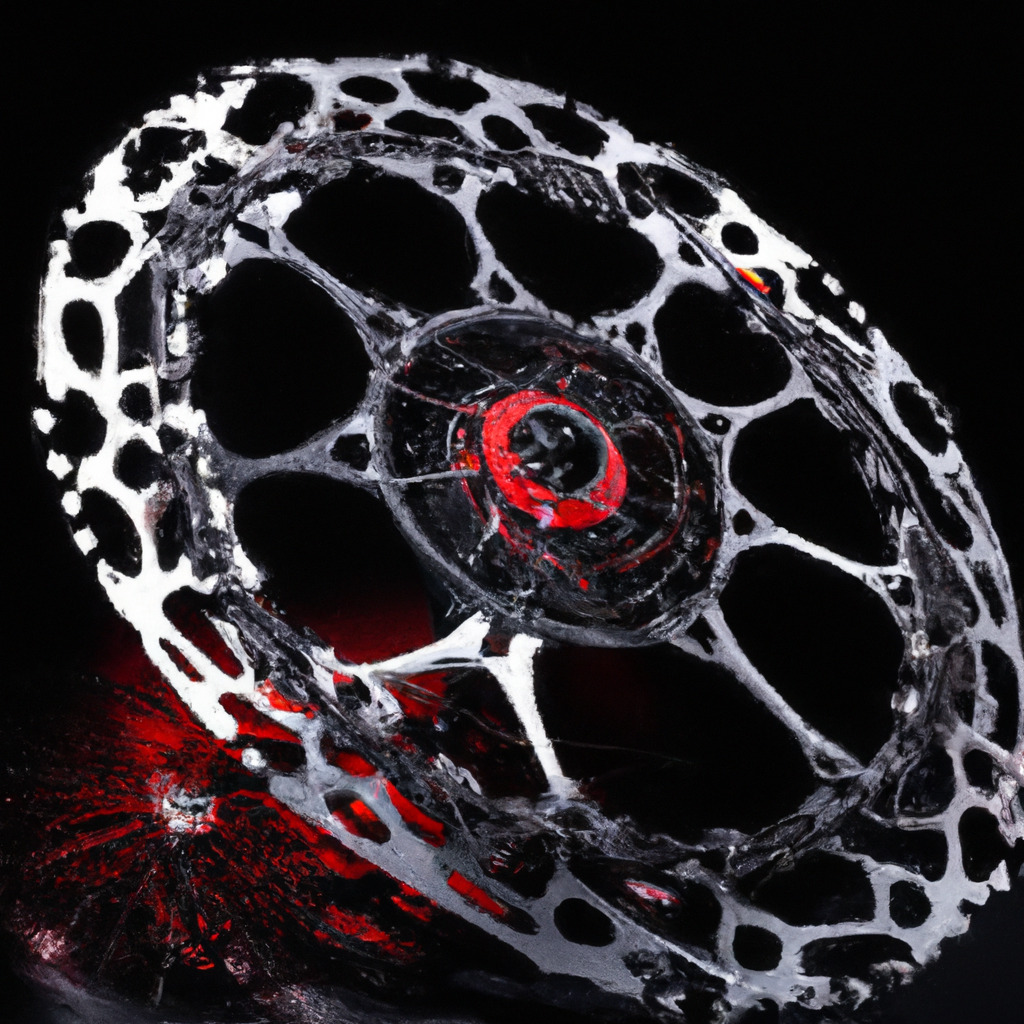
Rider Input and Technique
Effect of rider input on acceleration
The input and technique of the rider play a significant role in the acceleration of an electric bike. Properly timing pedal strokes and applying consistent pressure can optimize power transfer, resulting in improved acceleration. Additionally, riders have the ability to adjust the level of electric assistance provided by the motor through various settings or modes. Understanding and utilizing these settings can enhance acceleration performance, particularly when navigating varying terrain and riding conditions.
Optimal pedaling technique
Although electric bikes provide assistance through an electric motor, pedaling technique still contributes to acceleration. Applying force smoothly and evenly throughout the entire pedaling motion helps maintain a consistent flow of power to the electric motor and drivetrain. Riders should focus on maintaining a steady cadence and avoiding sudden or jerky pedal strokes, as these can disrupt the transfer of power and negatively impact acceleration.
Controller and Power Management
Role of the controller
The controller is a critical component of an electric bike that regulates the flow of electricity from the battery to the electric motor. It also allows the rider to control and adjust the level of electric assistance provided by the motor. The controller interprets signals from various sensors, ensuring the motor operates efficiently and delivers the desired level of assistance.
Power management systems
Power management systems within the controller are designed to optimize the overall performance and efficiency of an electric bike. These systems regulate the power output of the electric motor based on factors such as pedal input, speed, and battery charge level. By managing the distribution of power, the system ensures efficient acceleration and maximizes the battery’s range.
Acceleration modes and settings
Many electric bikes offer different acceleration modes or settings that allow riders to customize the level of electric assistance provided by the motor. These modes typically range from low assistance for conserving battery power to high assistance for achieving maximum acceleration. By selecting the appropriate mode, riders can tailor the electric bike’s acceleration capabilities to their individual preferences or the specific riding conditions.
In conclusion, understanding the basics of electric bikes, as well as the various factors that influence acceleration, is essential for riders looking to make informed decisions about electric bike selection and maximize their riding experience. From the components and motors to the role of battery capacity, gearing systems, and rider technique, each element plays a crucial part in determining the acceleration capabilities of an electric bike. By considering these factors and utilizing the available technologies and settings, riders can optimize acceleration performance and enjoy the benefits of electric biking.
